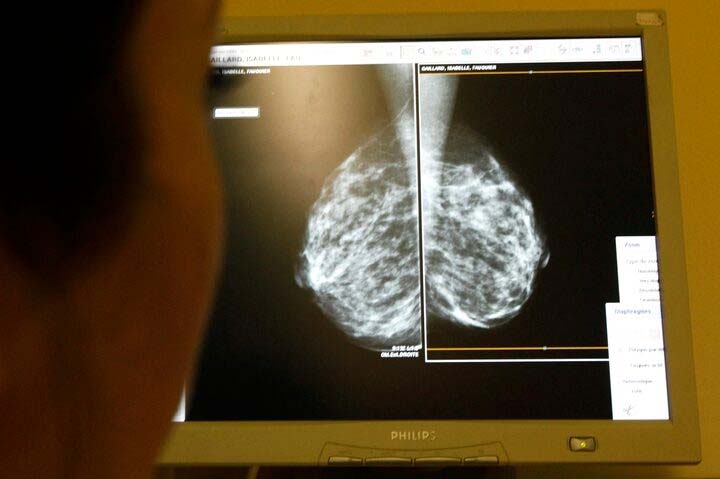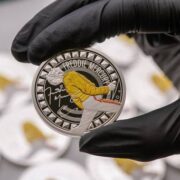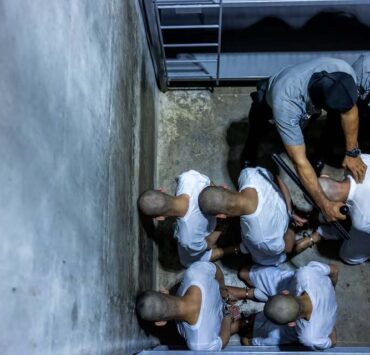Some early breast cancers may not need surgery after chemo

Patients with early-stage invasive breast cancer can safely skip surgery if the tumors disappear after chemotherapy, a small new study suggests.
Thirty-one patients with no evidence of residual cancer after chemotherapy for small, invasive HER-2 positive or triple-negative tumors all received radiation therapy, but none had surgery.
Five years later, all 31 were still alive, with no recurrence of the cancer, researchers reported at Society of Surgical Oncology 2025 Annual Meeting in Tampa, Florida, and in Jama Oncology.
“The absence of detectable breast cancer recurrences at the five-year mark highlights the tremendous potential of this surgery-free approach to breast cancer management,” study leader Dr. Henry Kuerer of The University of Texas MD Anderson Cancer Center said in a statement.
He attributes the success to use of a particularly accurate biopsy method to check for residual disease.
During image-guided vacuum assisted biopsy, his team used ultrasound or magnetic resonance imaging to achieve more accurate needle placement and to collect multiple tissue samples with a single insertion.
Study expanded
The researchers have expanded the trial to include more women, Kuerer noted.
“These continued promising results suggest that eliminating breast surgery for invasive breast cancer could become the new standard of care, offering women the opportunity to preserve their bodies,” he said.
“While we are hopeful that this approach will become routine, further clinical trials are necessary before this is a standard therapy.”
An experimental cardiac pacemaker smaller than a grain of rice can be inserted with a syringe and activated by light, and it dissolves when no longer needed, researchers reported in Nature.
Tiny hearts
Although it can work with hearts of all sizes, the pacemaker is particularly well-suited to the tiny hearts of newborn babies with congenital heart defects, the researchers said.
The pacing is controlled by a small, soft, flexible, wireless, wearable device on the patient’s chest. When the device detects an irregular heartbeat, it automatically shines a light pulse through the patient’s skin, breastbone and muscles to activate the pacemaker.
Designed for patients who only need temporary pacing, the pacemaker has biocompatible components that naturally dissolve into body fluids.
Researchers have so far tested the device in large and small animals and in human hearts from deceased organ donors.
Infants who undergo surgery for congenital heart defects only need pacemakers for about seven days, until the heart recovers, study leader Igor Efimov of Northwestern University in Evanston, Illinois, noted in a statement.
“But those seven days are absolutely critical,” Efimov said.
Ultimately, he said the hope is, “we can place this tiny pacemaker on a child’s heart and stimulate it with a soft, gentle, wearable device. And no additional surgery is necessary to remove it.”
Reuters, the news and media division of Thomson Reuters, is the world’s largest multimedia news provider, reaching billions of people worldwide every day. Reuters provides business, financial, national and international news to professionals via desktop terminals, the world's media organizations, industry events and directly to consumers.

















